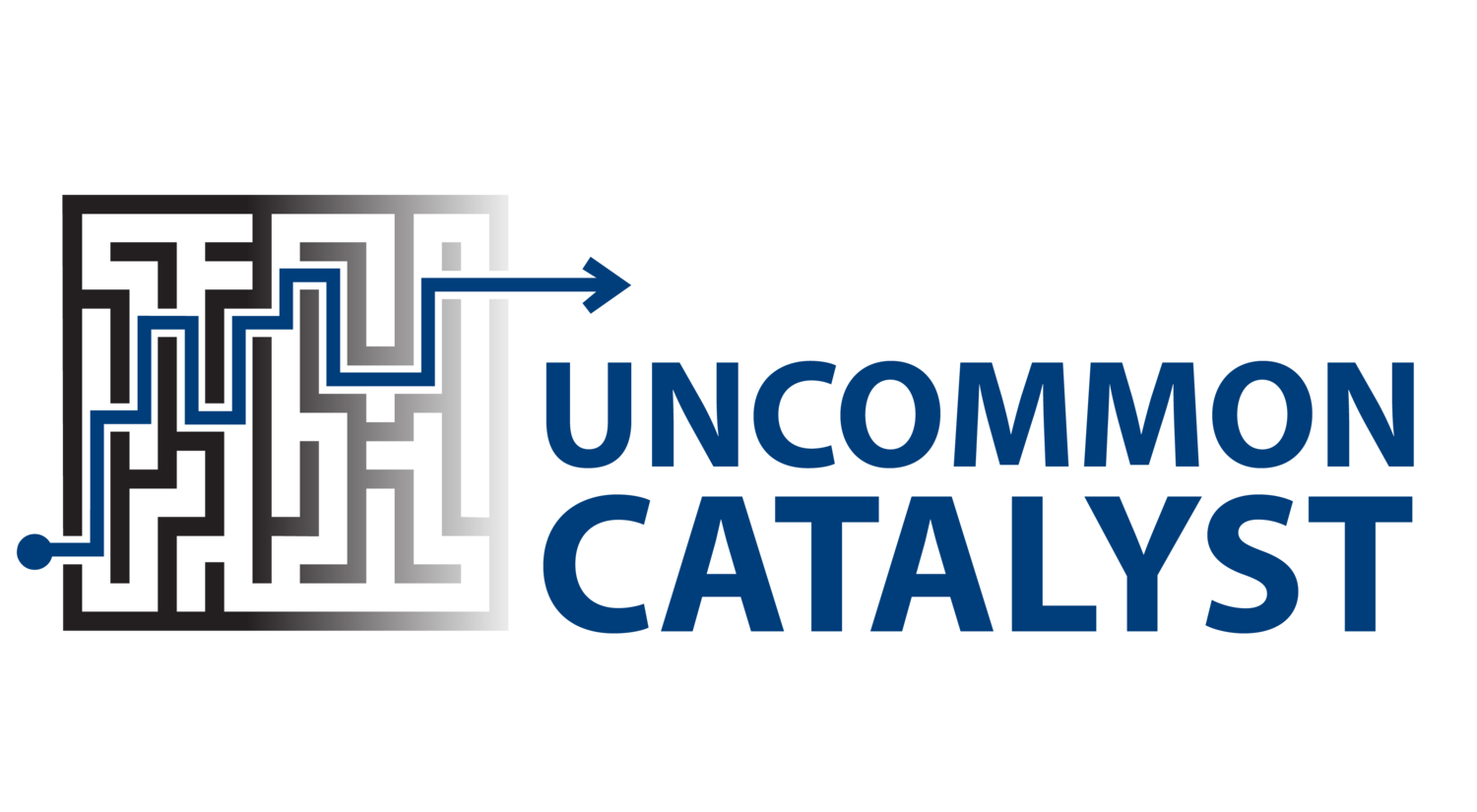Malicious Monday: Phishing Scams
/Phishing scams have become increasingly prevalent in the digital age, posing a significant threat to individuals, organizations, and even governments. These scams involve fraudulent attempts to deceive and manipulate unsuspecting users into divulging sensitive information, such as passwords, credit card details, or social security numbers. It is crucial to be aware of the risks associated with phishing and to exercise caution when interacting with unfamiliar online entities. One common technique employed by phishers is sending deceptive emails that appear to originate from reputable sources like banks, social media platforms, or online retailers. These emails often mimic the branding, layout, and language of legitimate communications, making it difficult to discern their fraudulent nature. They typically contain urgent or alarming requests, aiming to provoke an immediate response from the recipient.
Phishers may employ tactics like creating a sense of urgency, promising rewards or prizes, or threatening consequences to persuade individuals to take hasty actions. These fraudulent emails may contain embedded links that direct users to malicious websites or initiate the download of malware-infected attachments. Clicking on such links or downloading these attachments can expose your device to harmful software designed to steal sensitive information, monitor online activities, or gain unauthorized access to your system. Once compromised, personal information can be used for various illegal activities, including identity theft, financial fraud, or unauthorized access to online accounts.
Exercise caution when opening emails, especially those from unfamiliar senders or with suspicious subject lines. Pay attention to the email address of the sender, as phishers often use domain names similar to legitimate ones but with slight variations or misspellings. Avoid clicking on links in emails unless you are confident about their authenticity. Instead, manually type the URL of the website in question into your browser or use a trusted bookmark. Before entering personal information on any website, verify the website's security by ensuring it has a valid SSL certificate, which is indicated by a padlock symbol in the browser's address bar and an "https" prefix in the URL. Educating yourself about the latest phishing techniques and staying updated on security practices can significantly reduce the risk of falling victim to these scams. Regularly update your devices and software to ensure you have the latest security patches, and consider using reputable antivirus software and firewall protection to safeguard against malware threats.

